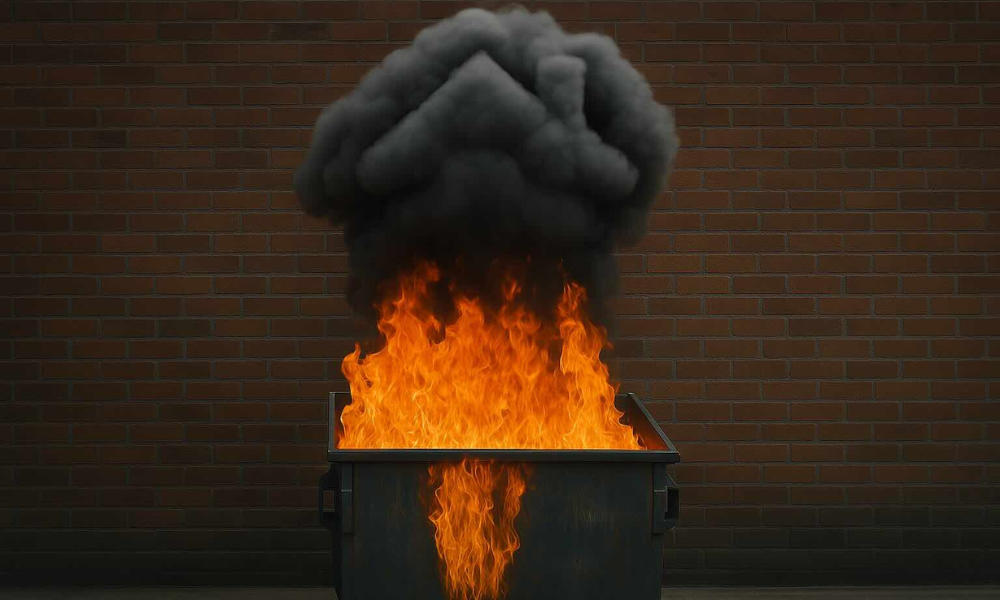2.85% base rate and 'dumpster fire of stuff' could force huge housing boom

With the federal election drawing near and Labor comfortably ahead in two-party preferred polls, the Albanese government has unveiled a new bid to attract voters’ attention with an expansion of its housing policy that is already raising eyebrows among economists concerned about inflation, affordability, and long-term sustainability. Add into that macroeconomics says that futures markets are already pricing in a cut from 4.1% to 2.85% in the cash rate by the end of the year – and something pretty spectacular could happen to house prices.
The centrepiece of Labor’s announcement is the removal of all restrictions on its existing first homebuyer deposit scheme. From January 2026, every first-time buyer, regardless of income, will be able to purchase a home with just a 5 percent deposit — without paying lenders mortgage insurance (LMI), which typically adds over $20,000 to the cost of buying. The government will guarantee the remaining 15 percent of the loan value.
“This will help people buy their first home faster, without paying the burden of lenders mortgage insurance,” said Prime Minister Anthony Albanese.
The move is designed to broaden access to the property market, but it has sparked widespread criticism from economists who warn it may further inflate home prices and exacerbate Australia’s entrenched housing affordability crisis.
Read more: Don’t bank on rate cuts - RBA
Leith van Onselen, Chief Economist at the MB Fund and MB Super, warned that “house prices will undoubtedly skyrocket” following Labor’s re-election, driven by a combination of this scheme and expected interest rate cuts. Futures markets are tipping the Reserve Bank of Australia’s cash rate to fall to 2.85 percent by the end of the year, down from 4.10 percent — a sharp 1.25-point drop that would significantly boost borrowing power and, consequently, housing demand.
Economist Saul Eslake echoed these concerns, noting that Labor’s scheme could enable borrowers with modest savings to access significantly larger mortgages. “With borrowing capacity thus enhanced, prices will go up,” he wrote, adding that while Labor estimates the scheme could help around 30,000 people annually, the broader impact on prices could be much more far-reaching.
Read more: Australian home values climb 39.1% over five years
Although Labor also announced a $10 billion commitment to build 100,000 homes over eight years — in partnership with state governments and developers — critics argue the timeline is too slow to offset the near-term surge in demand the 5 percent deposit scheme will unleash.
“Throwing more taxpayer money at the housing bubble is utterly reckless,” van Onselen said.
A Bipartisan Bidding War
Labor is not alone in fuelling the fire. The Coalition, in a bid to match the government’s housing offering, has proposed a policy that would allow first homebuyers to claim tax deductions on interest paid on mortgages up to $650,000 for newly constructed homes. The measure would apply to individuals earning up to $175,000 or couples earning up to $250,000.
Chris Richardson, a leading independent economist, condemned both parties’ housing promises. “That’s two different dumbs, both released today,” he said on X (formerly Twitter). “The campaigns of both major parties are a dumpster fire of dumb stuff.”
While the Coalition’s policy is restricted to new builds — a move that could theoretically encourage supply — Richardson and others note that without a mechanism to increase actual construction, it simply channels more money into a constrained market. “If the demand for new homes increases and the supply of new homes doesn’t, then the price of new homes will go up,” Eslake said.
Richardson was even blunter: “When politicians offer extra money, that makes the fight against inflation harder and slower.”
Political Logic Trumps Economic Sense
Underlying these policy announcements is a stark political reality. As Eslake points out, only a few hundred thousand Australians attempt to enter the housing market each year. By contrast, over 11 million voters already own homes, and 2.25 million hold investment properties.
The electoral calculus is clear: voters who benefit from rising home values far outnumber those who suffer from them.
The result, critics argue, is a bipartisan fixation on demand-side policies that push prices higher — a cycle that has defined Australian housing policy for more than two decades.
Whether Labor or the Coalition prevails at the ballot box, economists say the likely outcome is the same: a more expensive housing market, larger mortgages, and policies that claim to help first homebuyers while reinforcing the very barriers they’re meant to dismantle.



